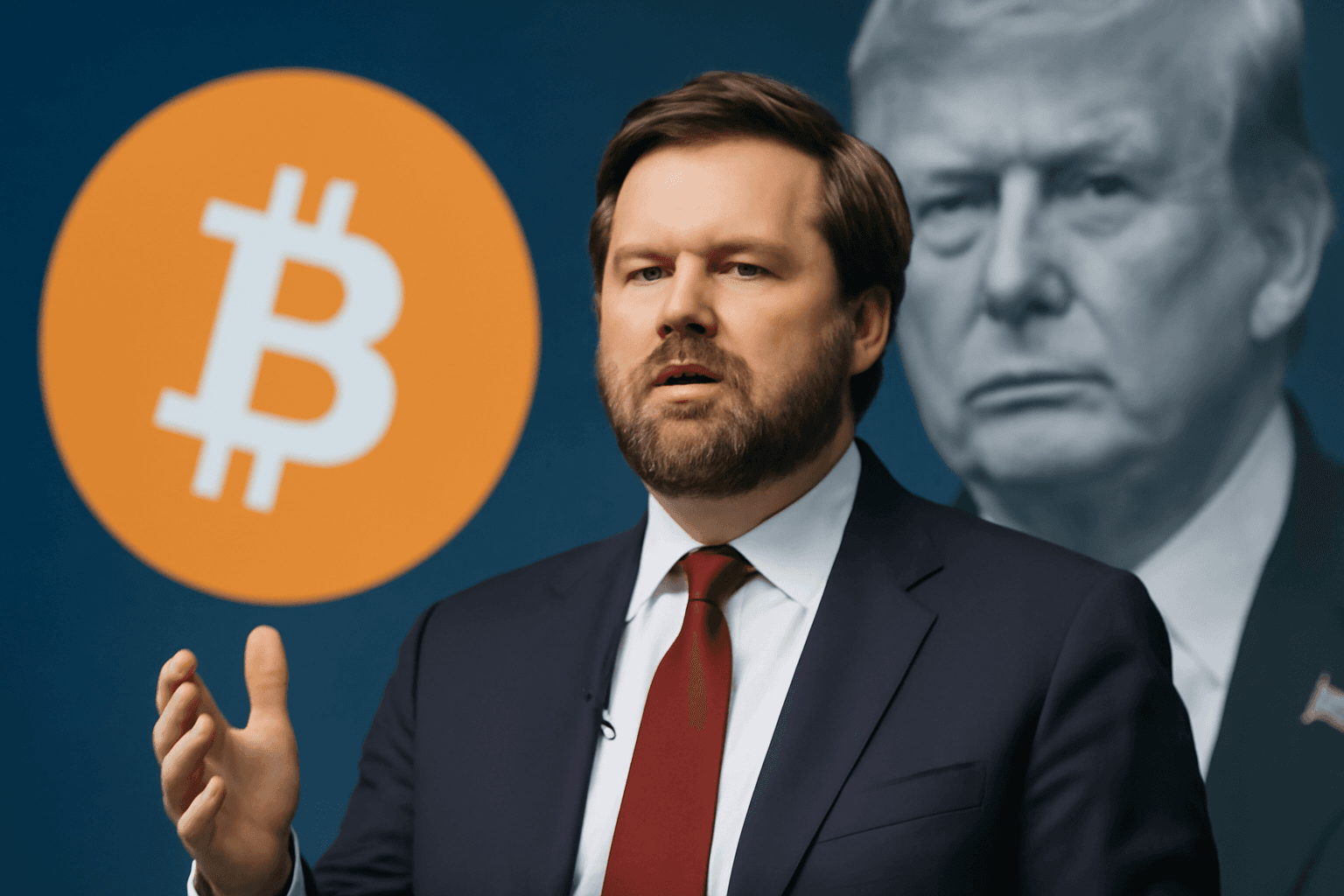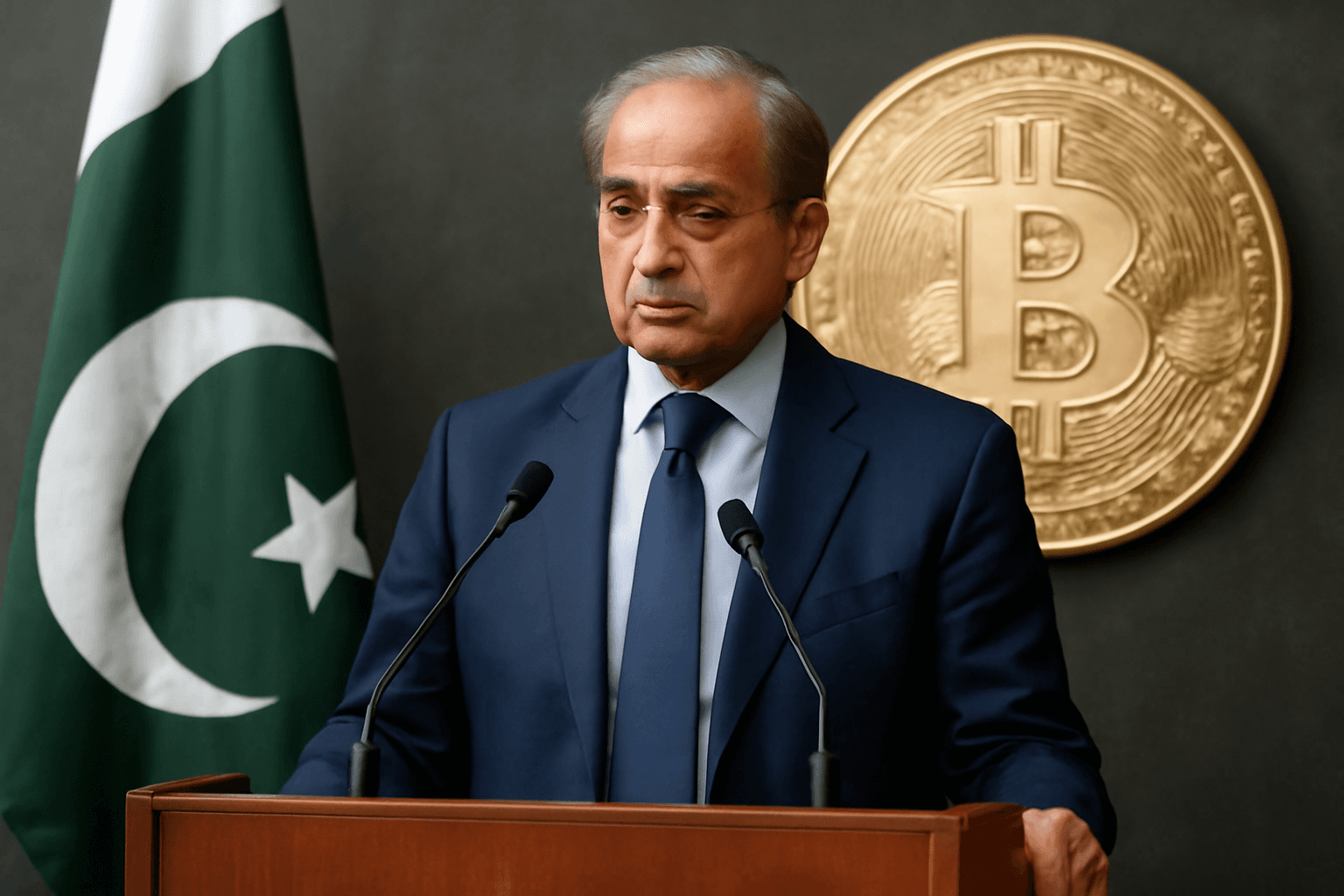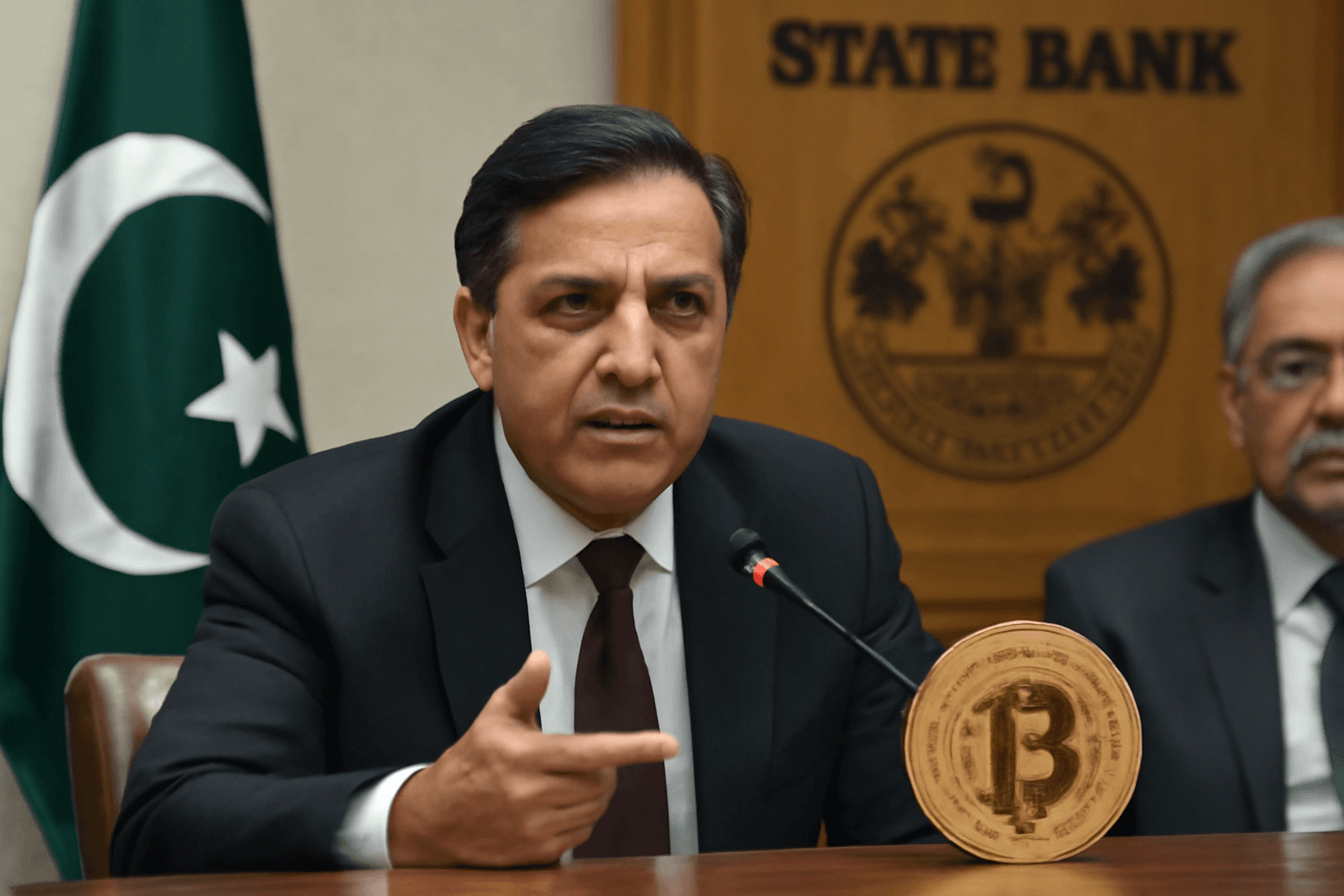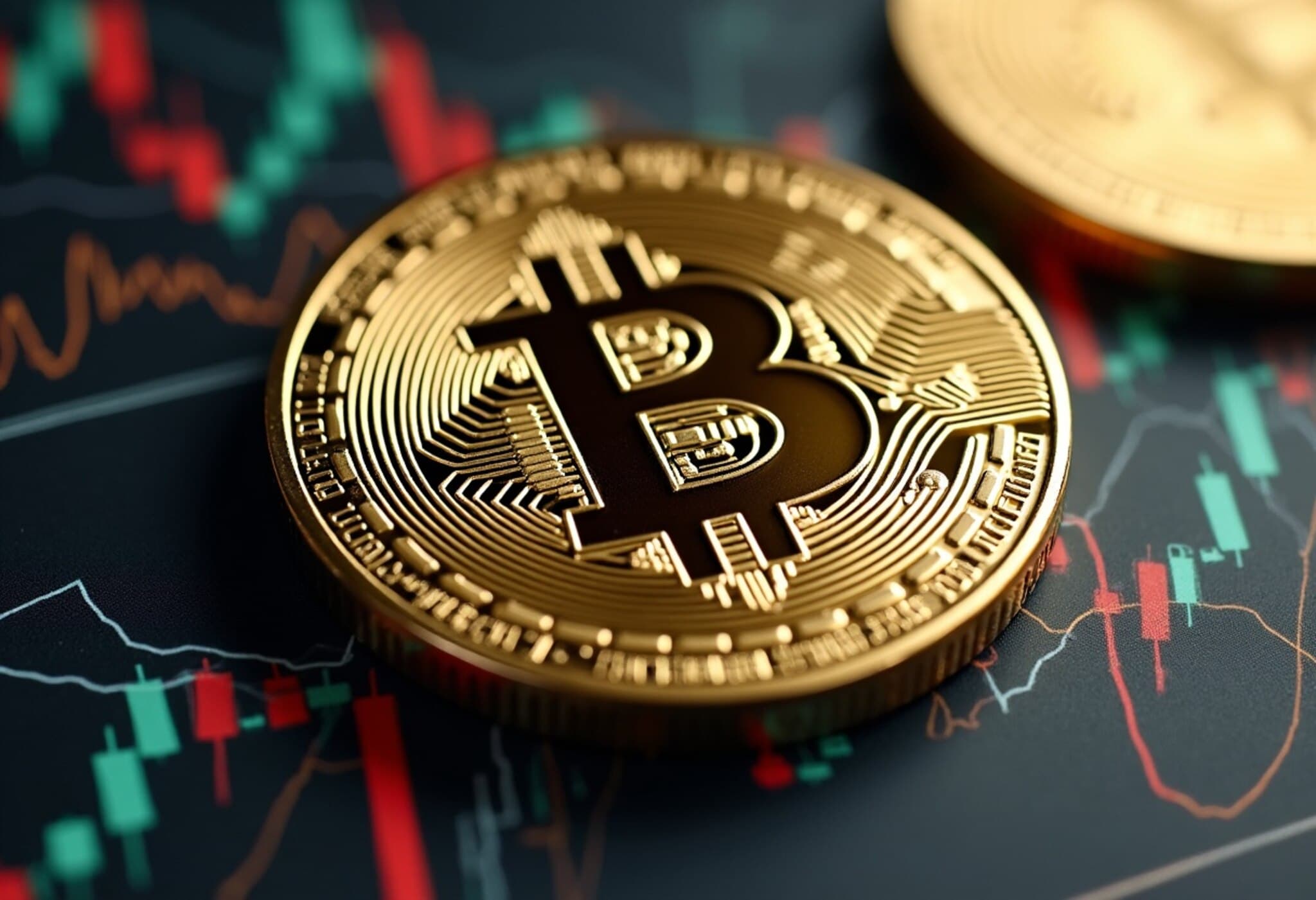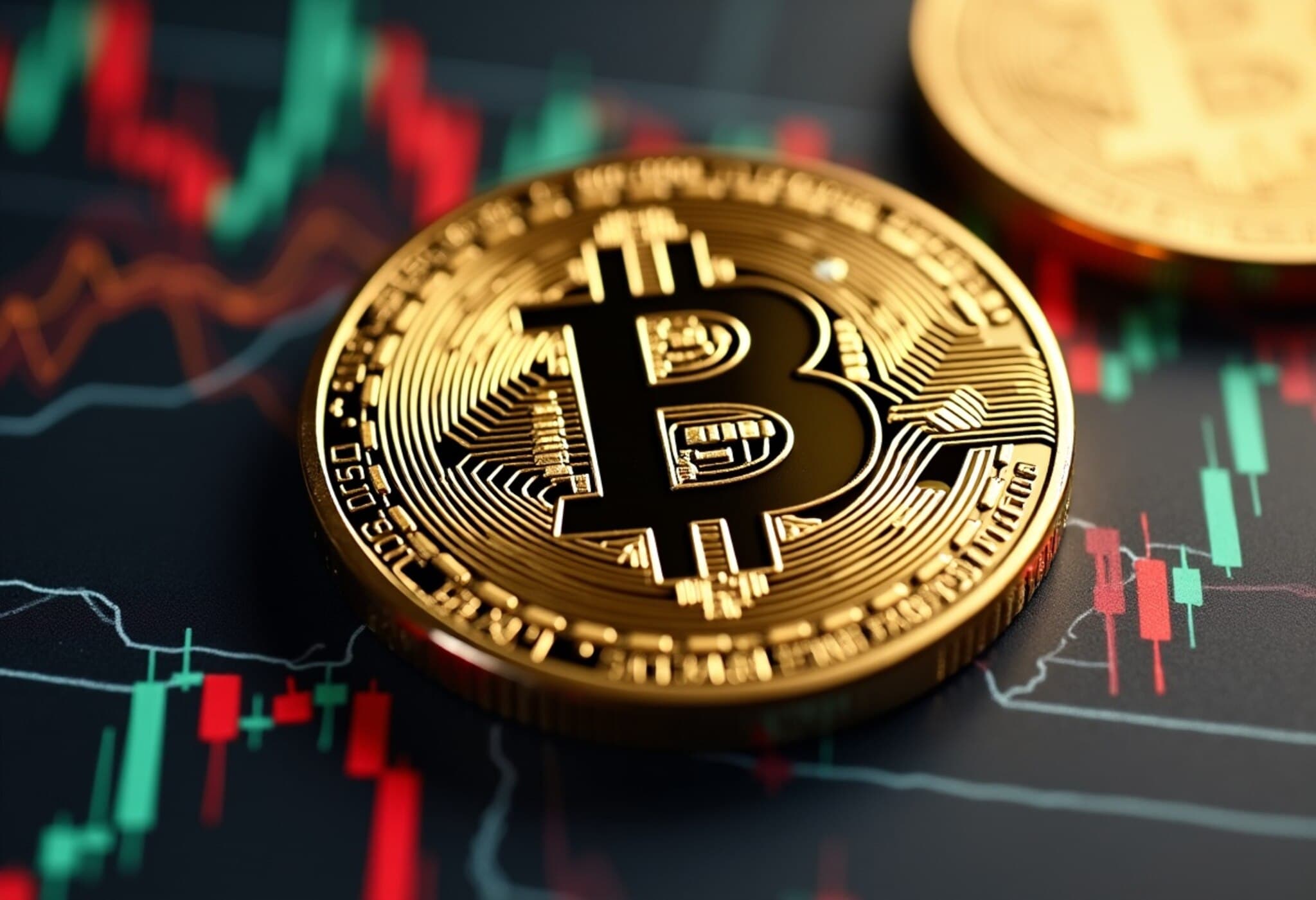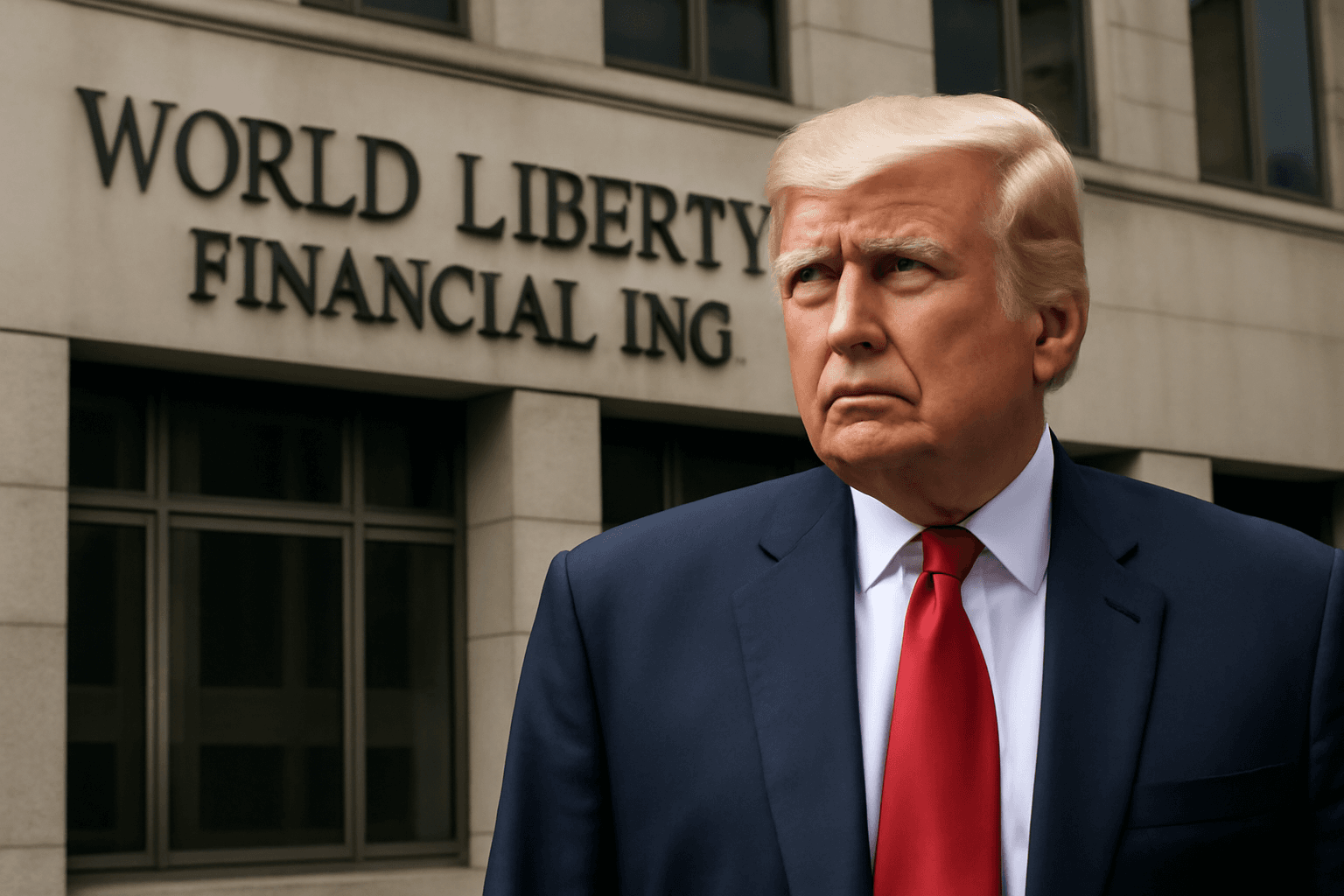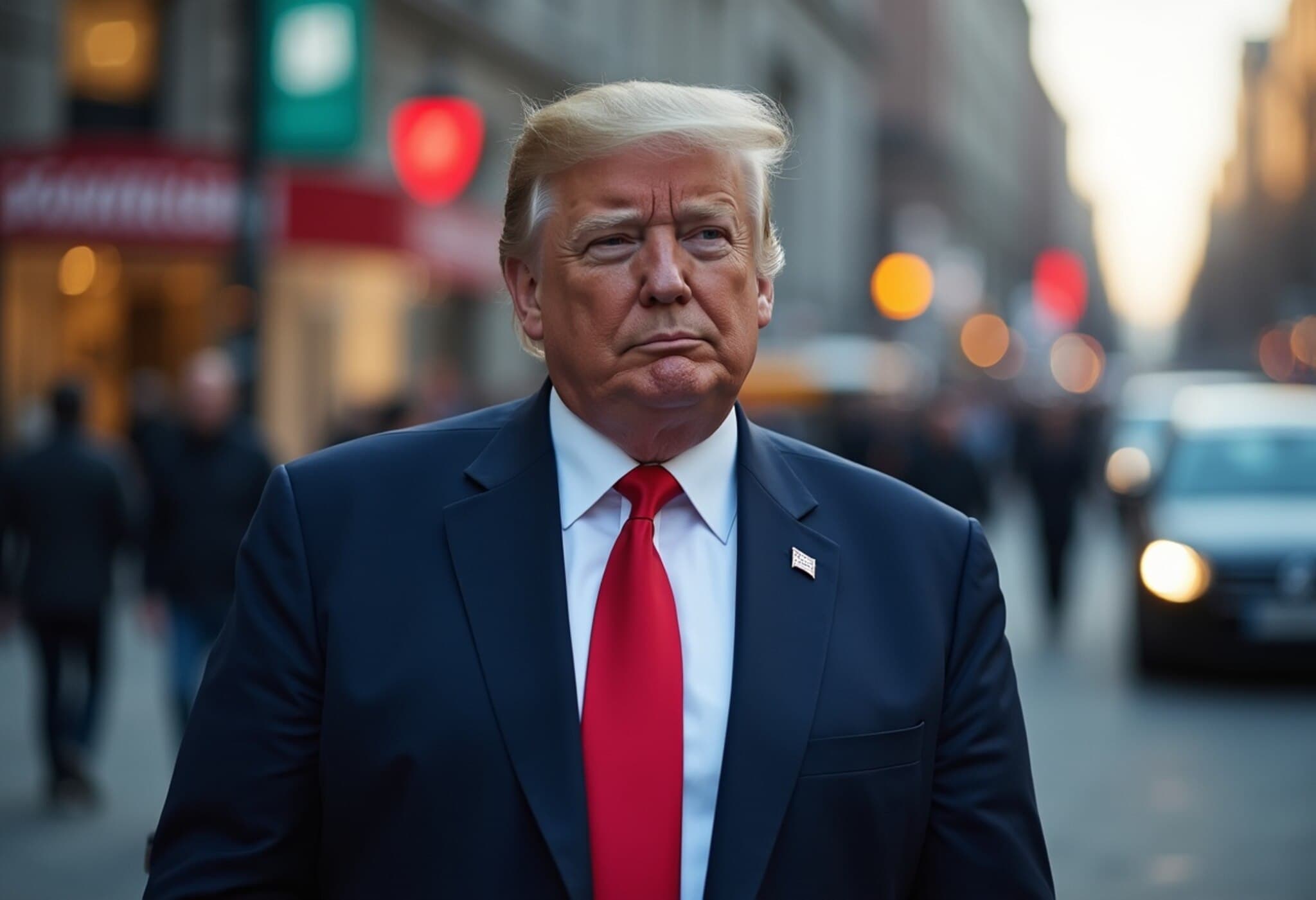Bitcoin Breaks Records, Crossing $120,000 Driven by ETF Investment Boom
Bitcoin, the world’s largest cryptocurrency by market capitalization, has shattered previous records, briefly soaring to an all-time high of $121,249.90 on Monday. This unprecedented rally is largely fueled by a surge of inflows into bitcoin exchange-traded funds (ETFs), signaling increasing confidence from institutional investors.
ETF Inflows Ignite Bitcoin’s Meteoric Rise
Data from Coin Metrics revealed that bitcoin ETFs enjoyed their largest single-day inflow of 2025 last Thursday, amassing $1.18 billion in new investments. These inflows are proving pivotal, translating into a powerful rally that pushed bitcoin prices beyond the $120,000 threshold for the first time.
Jeff Mei, COO of the cryptocurrency exchange BTSE, emphasized this growing influence of institutional capital, telling CNBC: “Bitcoin's surge is driven by longer-term institutional buyers and this will propel it to $125k in the next month or two.” Mei’s insights spotlight a maturing crypto market where big-money players are viewing bitcoin as a strategic asset rather than a speculative gamble.
Geopolitical Risks and Regulatory Outlook
Despite bitcoin’s recent ascent, challenges loom on the horizon. President Trump’s ongoing trade disputes with the European Union, Mexico, and other key trading partners may introduce volatility in the days ahead. Still, according to Mei, institutional investors seem unfazed by these short-term risks, seeming to bet on bitcoin’s enduring value:
“It’s likely that Bitcoin's institutional buyers are discounting this risk and maintaining their positions that Bitcoin will still appreciate in the long run.”
Beyond market dynamics, significant legislative developments are also shaping bitcoin’s trajectory. The U.S. House of Representatives plans to vote on several cryptocurrency-focused bills this Monday. These legislative efforts aim to establish a clearer regulatory framework, a move widely welcomed by the industry.
This potential regulatory clarity is pivotal, addressing a historic barrier to wider adoption. The sector has long awaited definitive guidelines, which could unlock further institutional participation by reducing legal uncertainties.
President Trump’s Pro-Crypto Posture
Interestingly, this legislative momentum coincides with President Trump's continued support for cryptocurrencies. Branding himself as a “pro-crypto president,” Trump has engaged in various crypto ventures, which adds political weight to the sector’s push for clearer rules and broader acceptance.
Why This Matters: The Bigger Picture for Cryptocurrency and Markets
- Institutional adoption: The shift from retail to institutional buyers marks a turning point for bitcoin’s maturity as an asset class.
- Regulation as a catalyst: Clear crypto laws in the U.S. could enhance market stability and global competitiveness.
- Geopolitical influences: Trade tensions remind investors of the cryptocurrency’s potential as a hedge against traditional market risks.
As bitcoin continues to break records, the interplay of regulatory measures, institutional confidence, and global economic shifts will remain key to watching its next moves.
Looking Ahead: What to Watch
- U.S. Congressional vote outcomes: Will the new crypto legislation pass, and how will it be enforced?
- Institutional flows: Are ETF inflows sustainable, or is a market correction imminent?
- Geopolitical risk management: How will ongoing trade disputes impact investor sentiment and bitcoin’s price?
Editor’s Note
Bitcoin’s groundbreaking leap past $120,000 underscores the digital asset’s evolving role from speculative novelty to a serious financial instrument embraced by powerful institutional players. Yet, the current rally is nestled within a complex web of trade tensions, political endorsements, and impending regulatory frameworks. For American investors and policymakers alike, the critical question remains: Will bitcoin’s ascent pave the way for a new era in finance or face volatility as external pressures mount? Staying informed on legislative developments and geopolitical shifts will be essential as this dynamic financial story unfolds.




